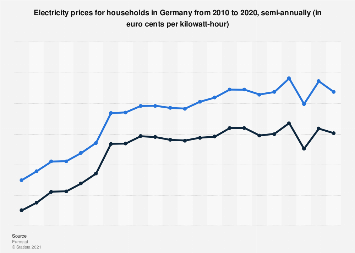
Wholesale market pricing of energy
Wholesale Energy Plans apply for electricity for customers in the Running industries and for electricity retailers. There is a substantial gap between the wholesale price and the retail electricity rate. One particular thing that has been noticed that can be held accountable for this thing is that the transmission of rate from the wholesale to retail market is swift if the price increases but it is not the same if the price decreases. In the year 2008, Johnsen and Jess-Olsen worked in four Nordic countries They compared the lags at the retail prices from the wholesale rate and they also calculated the different respective margins.
It was found that it can take around 5 weeks for the wholesale price to pass through to the retail price completely. 2010 it was found in some countries that around one-third to one-half of the increase in the wholesale trade was passed to the retail price. In 2000, a method was illustrated to determine the housing electricity rate through bidding. The lowest bid was posted by suppliers and this was based on the cost of supplying a particular quantity of electricity for some time.
Stop then multiple bit prices were accepted from a lot of buyers. The bids are then selected in descending order, that is the highest is selected and then gradually they move towards the lower bids until the total demand is equal to the supply of electricity. Now out of all of these, the last bid price that is acceptable from the pool of bids that were selected becomes the market price.
But the decision of the final bid can also depend on various other factors like one-sided or two-sided bids, price determination timing with respect to the actual delivery, capacity payments, contract pricing or compulsory pool pricing, Geographically differentiated pricing, price capping, simple or complex bids and firmness of bids or offers. Siri was conducted in 2000 to discuss the manner of weddings in which individual participants would be able to maximize their individual gains, David and Wen.
The rule of regulators was also discussed to limit the market abuse by some participants. It was revealed in the survey that perfect competition does not exist in the market and instead, oligopoly does. This is so because the electricity market has certain characteristics which limit the number of electricity suppliers. So, various methods were discussed and new ideas were proposed to model bid prices. Propose that electricity trading is a 2-level optimization process. The centralized economic dispatch method was put on priority. Then came the discussion of decentralized building.

Various methods for then switch tell like developing early bud curves for the CED and self unit scheduling was used for this which was based on parametric dynamic programming. Revenue maximization was being prioritized over cost minimization. Another method for bidding in self-scheduling was developed using probability distribution and Lagrangian relaxation. 2 level optimization problem was used to determine the optimal power flow and this was done considering social welfare all the while. All the individuals may try to maximize their profits and it would still determine equilibrium along with the market price.




